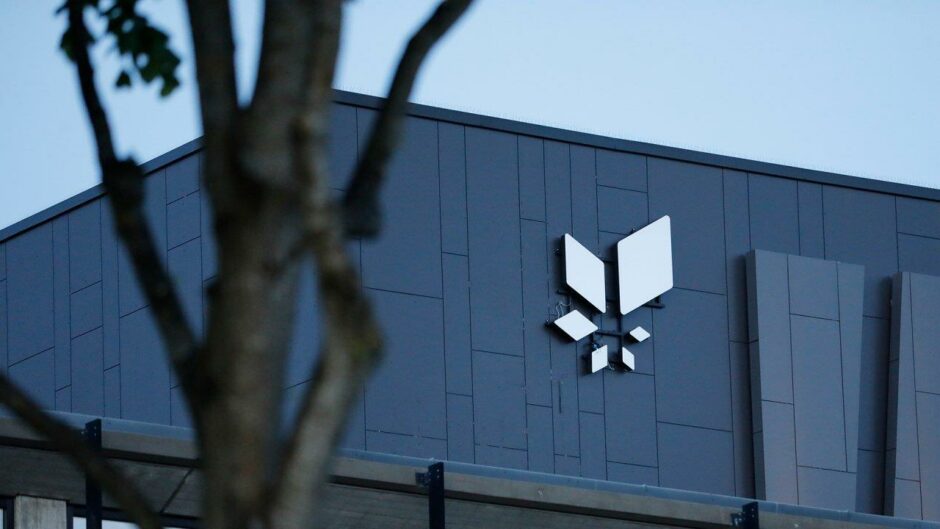
Norway’s Equinor (OSE:EQNR) is considering cutting 20% of the staff from its renewable energy division as it focuses on pursuing fewer new projects.
The move could amount to around 250 full-time job equivalents, a company spokesperson said.
The reductions will primarily come from the company exiting some early phase markets.
“We have decided to reduce the number of people working with renewables in Equinor,” a company spokesperson said.
Some of the people in these roles could be offered other positions in the company, meaning the number of people leaving Equinor could be lower.
The move comes amid challenges to the global offshore wind sector as inflation, rising interest and strained supply chains have forced up prices, forcing developers to renegotiate prices or abandon projects altogether.
Previous reports had said that Equinor was discussing downsizing its renewables unit with unions.
Equinor’s head of the renewables unit, Pal Eitrheim, had previously suggested the company could reverse its decision should the clean energy industry rebound.
Equinor, with SSE and Vargronn, is the developer of the UK’s major 3.6GW Dogger Bank offshore wind farm, the largest in the world.
The three-phase project, made up of the 1.2GW Dogger Bank A, B and C developments, produced first power last year.
Equinor also secured an amendment to the seabed lease for Dogger Bank D to increase its capacity by another 2GW.
An Equinor spokesperson told Energy Voice that development of Dogger Bank operations will be unaffected, with the company focusing on existing developments, such as its Empire Wind 1 in the US and Baltyk 2 and 3 in Poland.
While Equinor’s renewables division is mostly involved in offshore wind projects, it also has some onshore wind and solar developments that could be affected.
Equinor moved out of several offshore wind markets earlier this year, including Vietnam, Spain, Portugal and France, and also scaled back its plans in Australia.
“As we have said previously, we have exited some markets and prioritised existing markets and reduced the business development activities,” the spokesperson said.
However, Equinor is still holding to its goal of installing 12-16GW of renewable energy capacity by 2030.
Equinor also acquired a 9.8% stake in Denmark’s Orsted, making it the second-largest shareholder in the major renewables group.
Recommended for you
